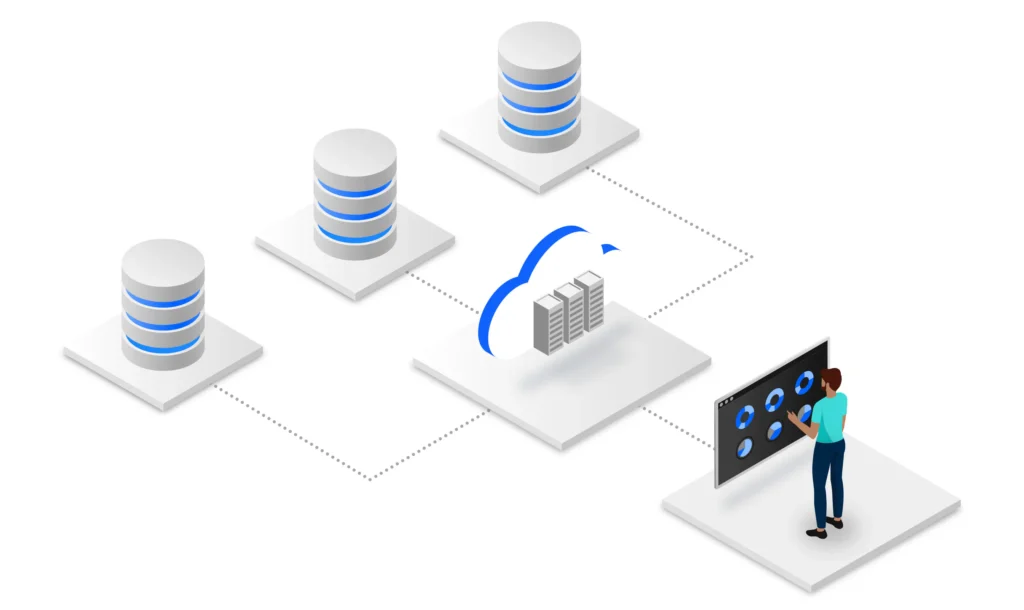LOAD BALANCING
Scale your Infrastructure
Quickly build resilience and increase the capabilities of your application by employing load balancing. With an easy setup and flexible configuration, you could be running stronger than ever in minutes!
Load Balancing
Load balancing is a technique employed to distribute workloads evenly across computers or other devices in order to optimize resource utilization and avoid overloading any single device. By ensuring that no individual device becomes overwhelmed by too much work, load balancing can help improve overall performance and prevent system failures.
There are many ways to implement load balancing, but one common approach is to use a load balancer appliance.

Benefits Load Balancing
High-availability
While multiple servers are put together into practice, it boosts availability. For example, if one server becomes unresponsive, the load will be picked by other back end servers that ensures to answer the incoming traffic and keep the services unaffected.
Scalability
Unusual traffic spikes can influence server performance, but load-balancing provides the capability to add more servers to the group to manage the growing incoming requests. Instead of transiting to a completely new environment, you can simply increase the number of load-balancers when required.
Flexibility
Doing maintenance work is rather easy because administrators can direct all traffic to one server and place the other load balancer in active/passive mode. This allows them to do the maintenance without causing downtime issue.
Economical
Previously, load-balancers were certainly not the option for SMBs due to the high total cost of ownership. Load-balancing required monitoring and administration just like the other systems that added to the IT expense.
Other Features
This is a hardware device that sits between the client and server devices and routes traffic to the appropriate server based on factors like server utilization, geographic location, or network conditions.
Another popular approach is to use software-based load balancing, which can be implemented using a variety of software solutions. These solutions typically provide more flexibility than hardware-based solutions, though they may not be as efficient and can be more difficult to configure.
Regardless of the approach used, load balancing has many benefits. In particular, it can help mitigate issues like server downtime caused by overloads or maintenance, improve system performance and reliability, and prevent single points of failure in multi-server applications. For these reasons, cloud computing providers often employ some form of load balancing in order to ensure a high level of uptime for their customers.
Let’s take a closer look at how load balancing works and why it is important for businesses that want reliable solutions for their cloud computing needs.
Contact us to discuss your cloud computing needs today and learn how load balancing can help you achieve optimal performance and uptime.
At Technotrust Solutions, we understand the importance of reliable cloud computing solutions for businesses. Our team of experts provides industry-leading load balancing services that enable our customers to enjoy high levels of uptime, improved performance, and greater stability in their cloud applications. To learn more about how we can help you improve your business with the latest in cloud technologies, contact us today.
Load balancing is a technique used to distribute workloads evenly across different devices in order to optimize resource utilization, avoid overloading any single device and prevent system failures. There are many ways to implement load balancing, including using load balancer appliances or

